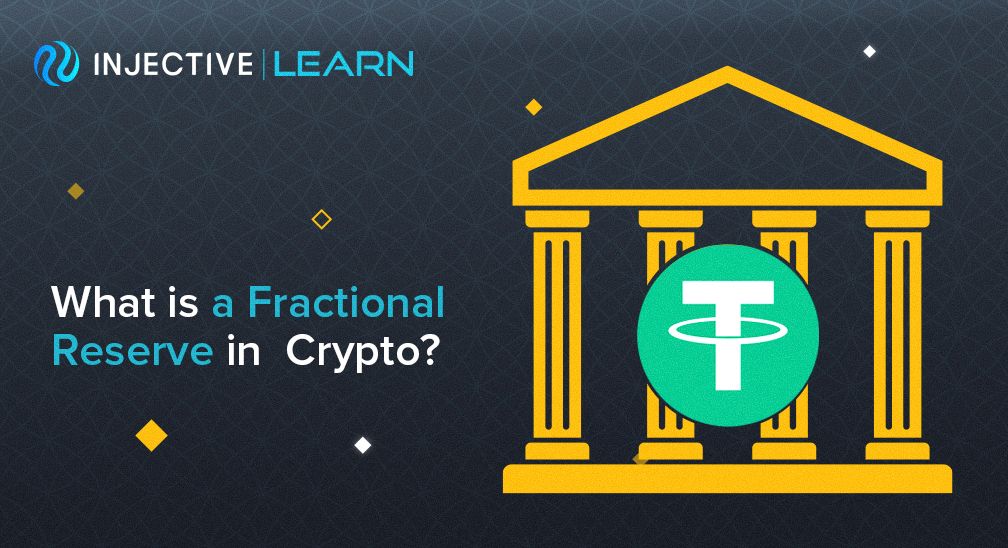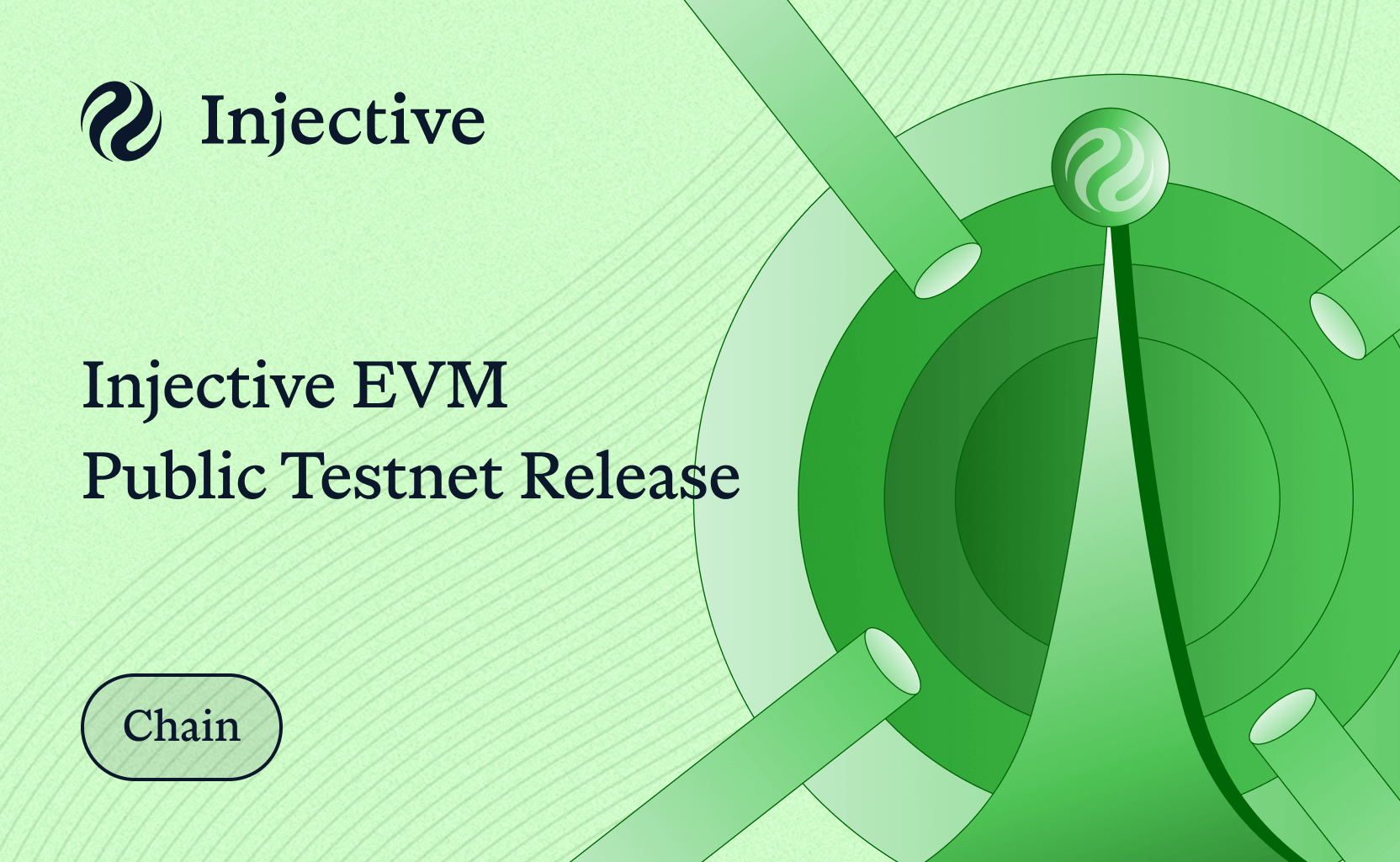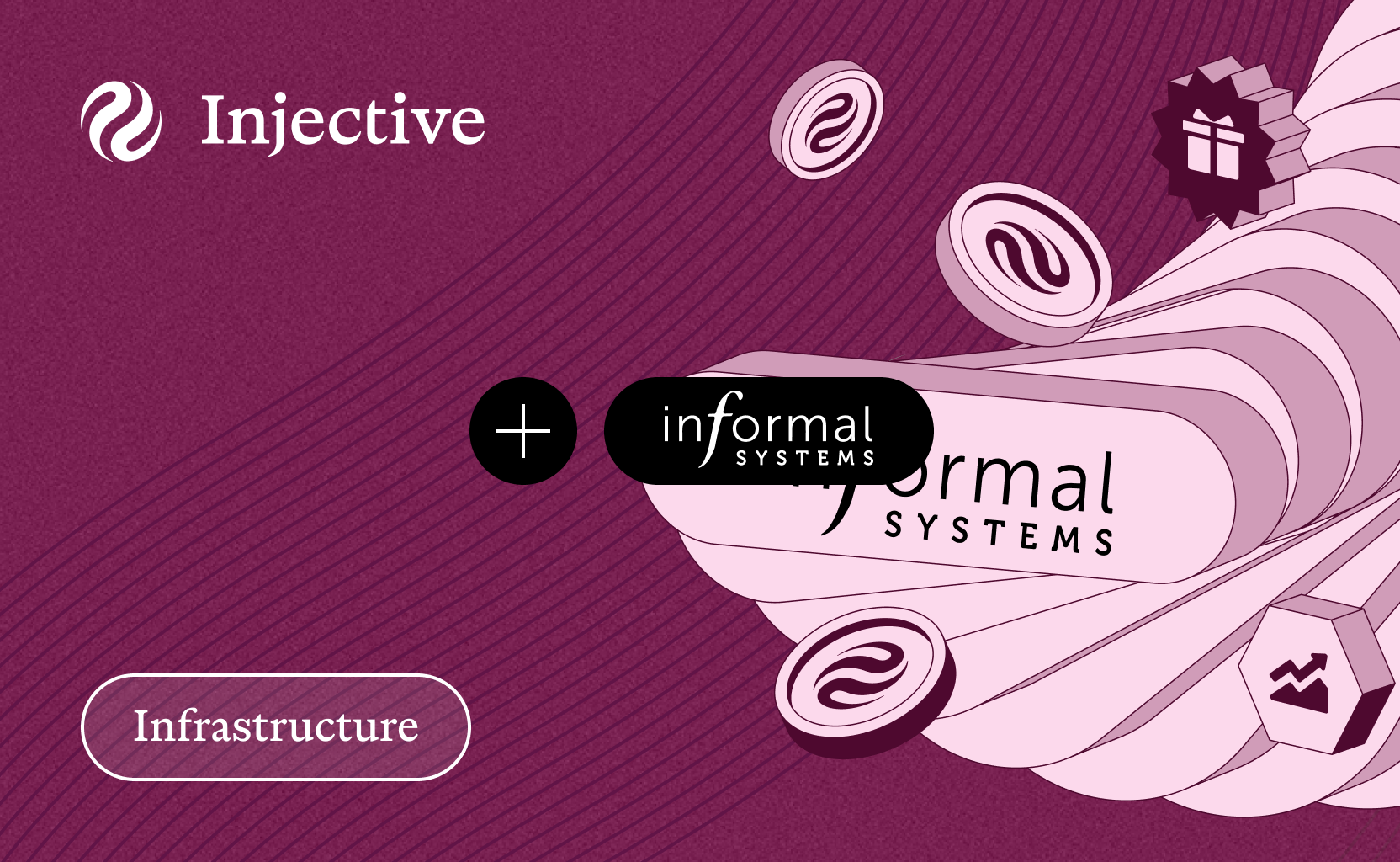Introduction
Fractional reserve banking is a system whereby banks are required to keep only a portion of the money deposited with them as reserves, that is, available for immediate withdrawals. Banks use the rest of the funds for lending new loans, paying interest on inter-bank loans and awarding existing deposits with interest. Therefore, the system is designed to continuously stimulate the money supply in a country’s economy by increasing the velocity of money and making capital use more efficient.
The fractional banking system was established after the Great Depression when everyone tried to withdraw their money simultaneously leading to bank runs. That is, some banks’ reserves were not sufficient to cover the withdrawals, since they did not anticipate the possibility of such a negative scenario.
To better protect the depositors’ funds from risky investments, most governments have introduced the reserve requirements. This requirement for commercial banks is unique to the total amount of deposits and regulatory frameworks in each country. For instance, for the last 10 years, the Federal Reserve in the U.S. had set the reserve requirement to be 10% for financial institutions with more than $124.2 million which means that they could lend 90% from their customers' deposits. Banks with more than $16.3 million to $124.2 million were required to reserve 3% of net transaction accounts whereas banks with less than $16.3 million in deposits were not required to keep a reserve. On March 26, 2020 the Federal Reserve reduced the reserve requirement from 10% and 3% to 0% and as such all banks are now allowed to lend the entire amount of their customers’ deposits.
In order to understand how fractional reserve banking works, take a look at the following example assuming that the reserve requirement was 10%.
How fractional reserves work:
- Alice deposits $1,000 into Bank A
- Bank A can lend 90% of Alice’s deposit - that is $900 to customers
- Bob borrows the $900 while Alice theoretically still has the $1,000 in her Bank A account
- Bob spends the $900 in Carol’s shop and then Carol deposits the $900 she received from Bob into her own account at Bank A.
- Bank A can now lend out 90% of that money - that is $810 out of Carol’s $900 deposit.
- Bank A can lend $810 to Ted while Alice and Carol have their $1,000 and $900 respectively available in their accounts. Therefore, the system now has $2,710 (1,000 plus $900 plus $810).
- This cycle in the banking system is known as the money multiplier.
Money Multiplier
In order to understand the money multiplier theory, one must first understand the difference between the notion of “money” used by central banks and commercial banks. Central banks conduct monetary policy and adjust the supply of money through market operations like selling government bonds or taking in money from commercial banks. Conversely, commercial banks can create money by lending cash from depositors’ accounts to individuals and organizations. In other words, as evident from the example above, using $1,000 deposited by Alice a commercial bank can create $2,710 for the system.
The money multiplier measures the maximum amount of money that commercial banks can create by a given unit of central bank money. In other words, the total amount of loans that commercial banks are allowed to extend is a multiple of the reserves and this multiple is the inverse of the reserve ratio.
Mathematically, the relationship between the reserve requirements (rr), customer deposits and money creation is derived from the deposit multiplier (m).
When banks have made the maximum amount of loans (zero excess reserves) then m will be equal to the inverse of the required reserve ratio (m = 1/rr).
In this example, let's assume that the reserve ratio is 10% (0.1). Then, the deposit multiplier is 1/0.1 or 10, meaning that an increase of $1 in reserves can increase the money supply by up to 10$.
Stablecoins
Fractional reserves can also apply to stablecoins within the crypto industry.
Crypto markets are known to be highly volatile and stablecoins have been a safe-haven for day traders and crypto speculators due to their price stability. Additionally, it's a great convenience as individuals can exchange their digital assets for stablecoins without the hassle and expense of converting them to fiat.
Stablecoins can be divided into four broad classes: fiat collateralized, algorithmic, commodity-collateralized and crypto-collateralized stablecoins. Fiat collateralized stablecoins as the name suggests are backed by fiat currencies such as the US dollar. This essentially means that in order to issue a certain number of tokens, the issuer must offer the equivalent amount of the respective fiat currency as collateral. Stablecoin issuers provide a very simple service, they hold assets as collateral and maintain the convertibility of the stablecoins into fiat making a small profit from the spread between the cash assets and the issued tokens on the blockchain.
As crypto gains prominence, fractional reserve banks could choose to issue stablecoins and create innovative payment services. The fee income that will be derived from these services will allow banks to maintain the stable value of the tokens and at the same time reduce the ratio of cash assets to tokens to less than 100%. In other words, banks will be able to maintain stability without having to offer convertibility of the tokens into cash on demand. Realistically speaking, individuals would prefer these stablecoins compared to fiat deposits in a conventional bank for several reasons. First and foremost, the bank would have nearly zero overhead costs and as such it would be able to offer higher interest rates compared to the interest rates on insured deposits. Second, the transactions would be made on the blockchain with instant finality on a global scale.
Blockchain has revolutionized the finance industry and fractional reserve banks can increase their revenue stream by creating innovative payment services through stablecoins while providing better interest rates for their customers.
Conclusion
The fractional reserve banking system is beneficial to the economy due to the velocity of money. That is, the rate at which money in circulation is being used for purchasing goods and services. High money velocity is usually associated with a healthy, expanding economy. A fractional reserve system grows the economy by enabling more exchanges of value with a single monetary unit. In other words, commercial banks create money by using the same deposit for multiple loans.
Nonetheless, fractional reserve banking funds carry a greater default risk. If the investments undertaken by the bank sour, the deposit may not be repaid in full. Moreover, the government provides insurance only up to certain amounts. That was partly the reason why the financial crisis of 2008 had such a detrimental second-order effect on regular citizens. Their deposits were used by banks who lent them to financial institutions that went bankrupt. Another risk of the fractional reserve banking system is uncontrolled currency devaluation as a result of the money supply growth through multiplied loans lent out by commercial banks, which may lead to inflation.
All in all, the fractional reserve banking system is a working mechanism to grow the economy as long as it’s properly kept under control.

About Injective
Injective is a lightning fast interoperable layer one blockchain optimized for building the premier Web3 finance applications. Injective provides developers with powerful plug-and-play modules for creating unmatched dApps. INJ is the native asset that powers Injective and its rapidly growing ecosystem. Injective is incubated by Binance and is backed by prominent investors such as Jump Crypto, Pantera and Mark Cuban.
Website | Telegram | Discord | Blog | Twitter | Youtube | Facebook | LinkedIn | Reddit | Instagram | Orbit Newsletter



